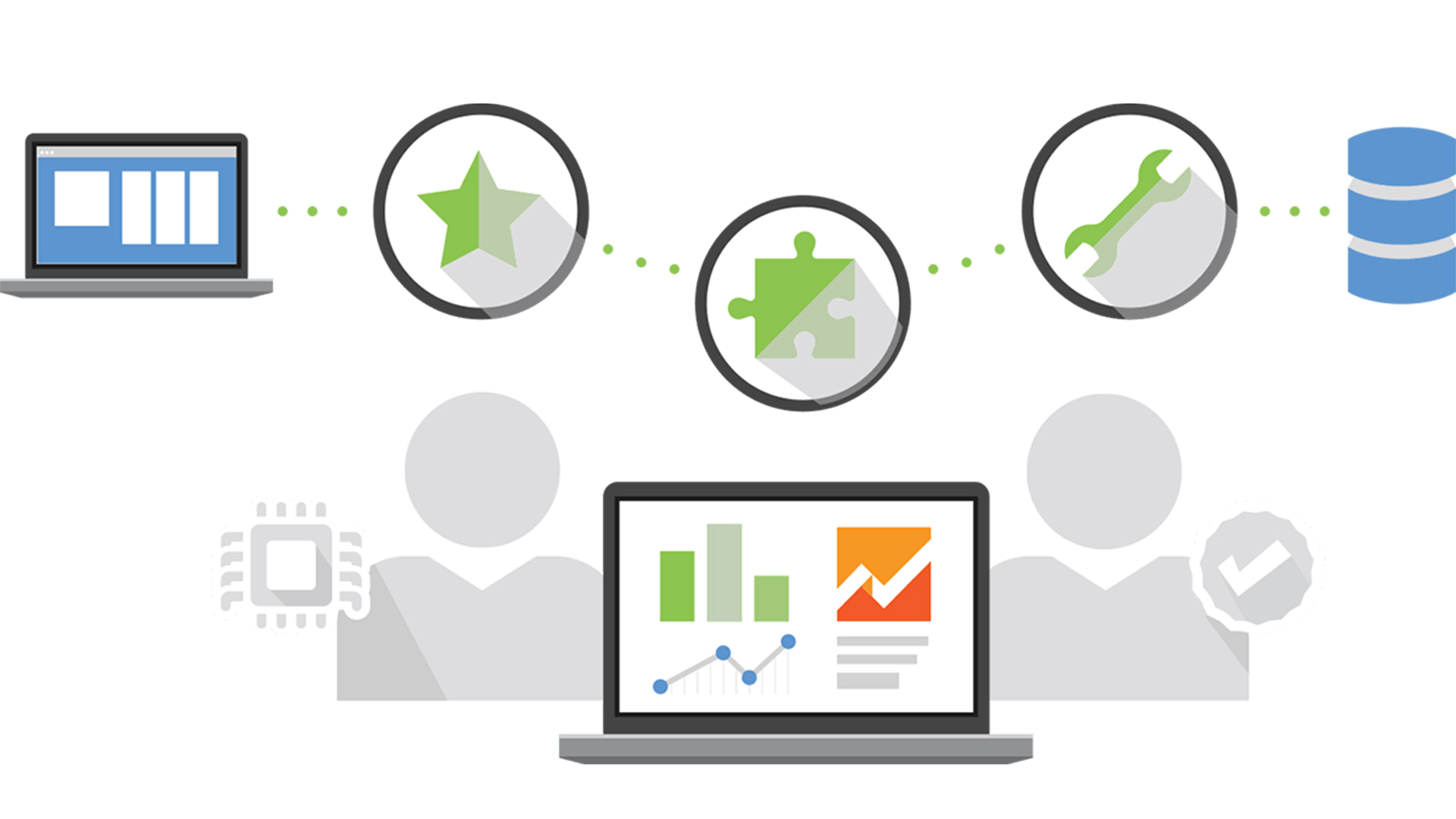5 Essential Google Analytics Metrics
In this small article I’ll cover some metrics that can give additional insights on your marketing efforts and how do you get to them on Google Analytics. Plus some example charts I use in Viur for visualizing them. Traffic Sources Traffic sources are the channels that you have open to the web. You want to keep them effective and constantly bringing new people to your site. You should pay particular attention to the organic ones (all but the paid search) and keep them growing week after week. You can achieve this by creating new (quality!) content and distributing it in a blog post, newsletter, and social media. If people love your content they’ll share. also, if you are...
Read More »
